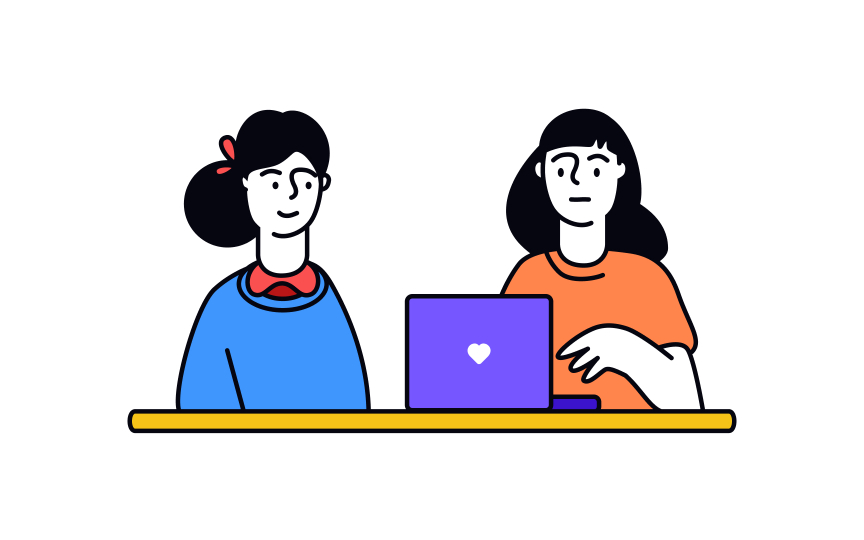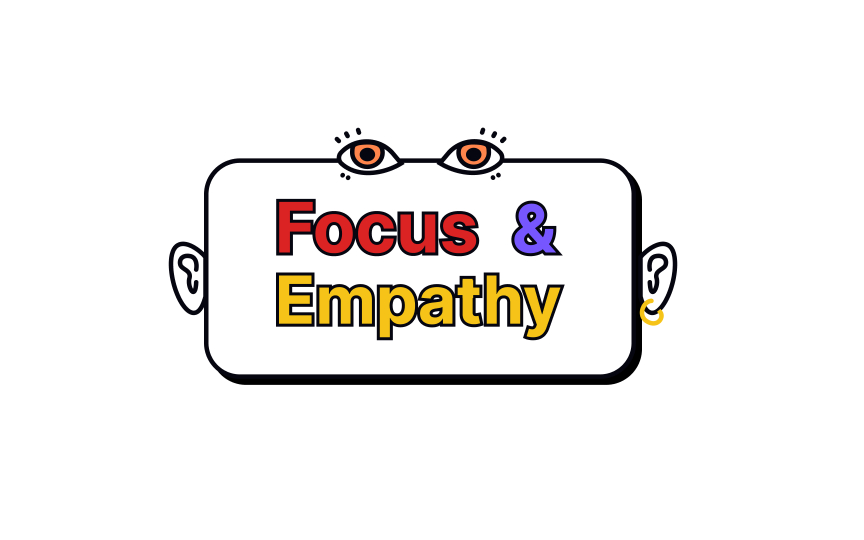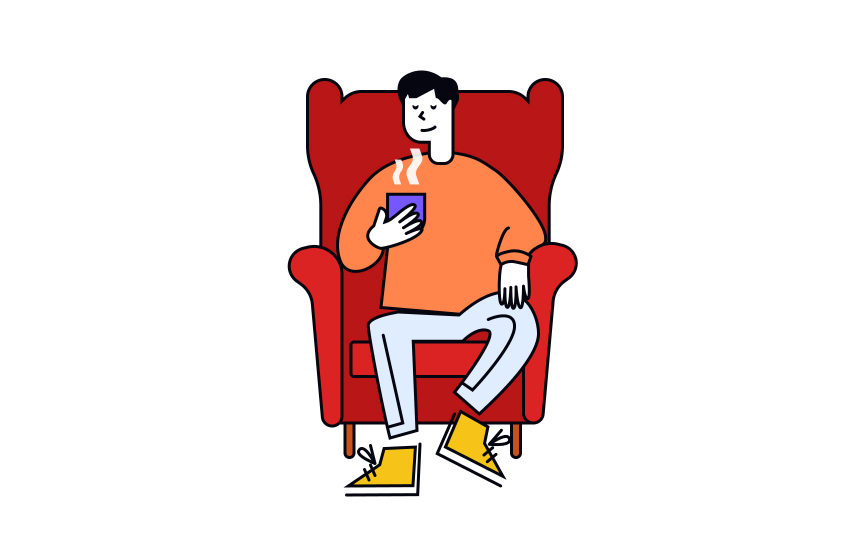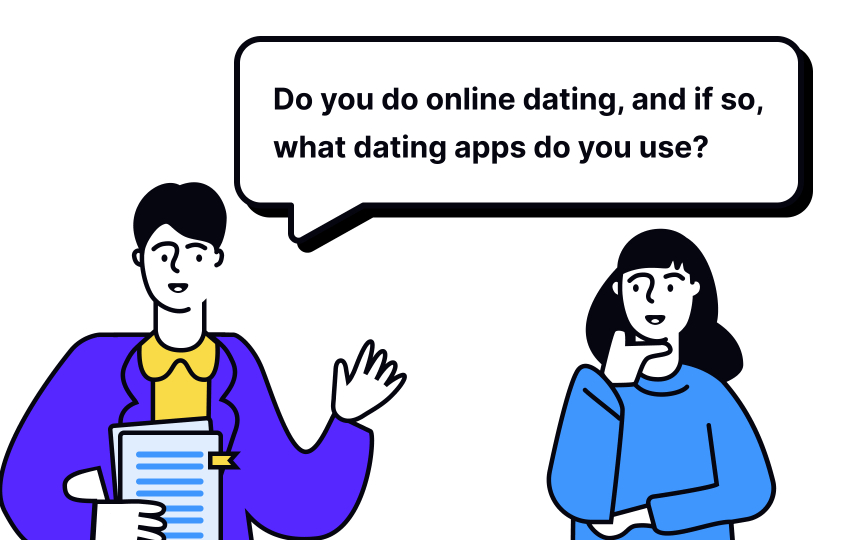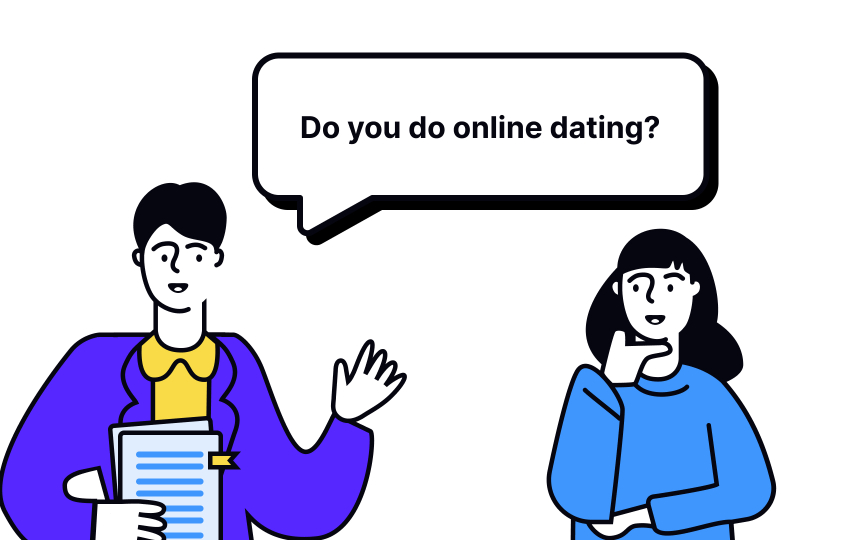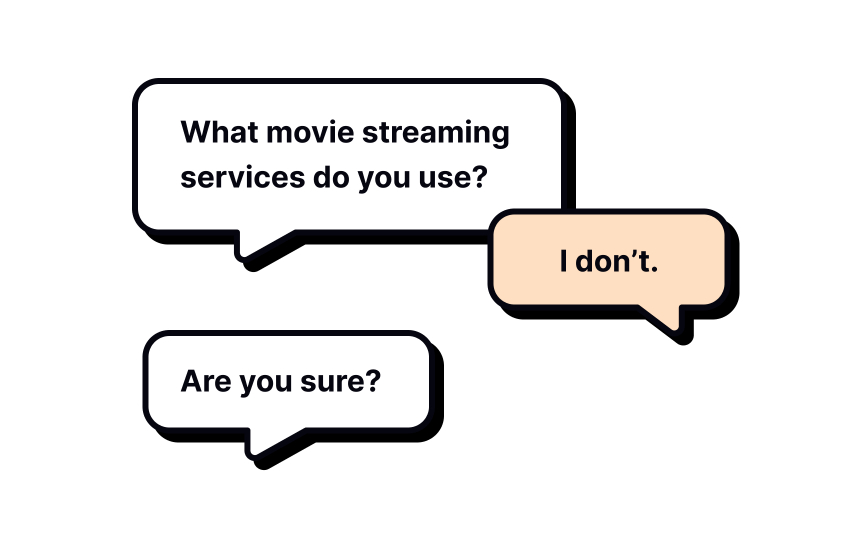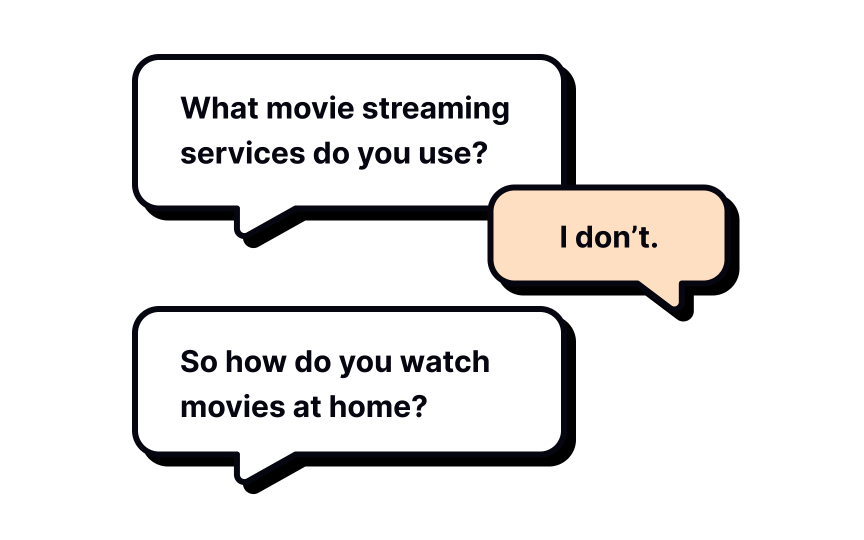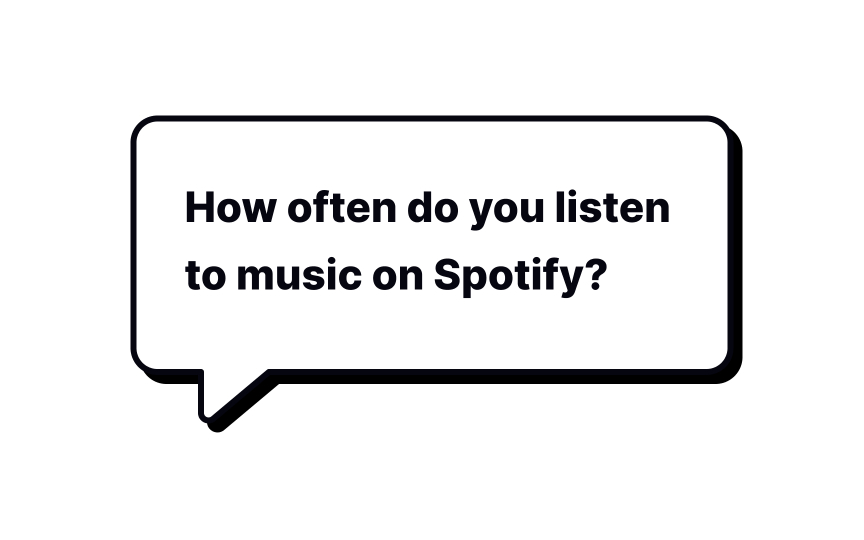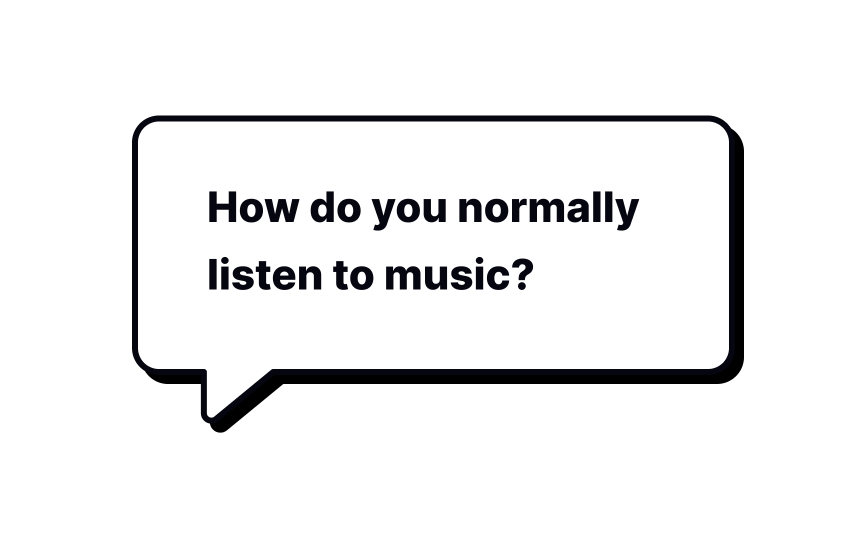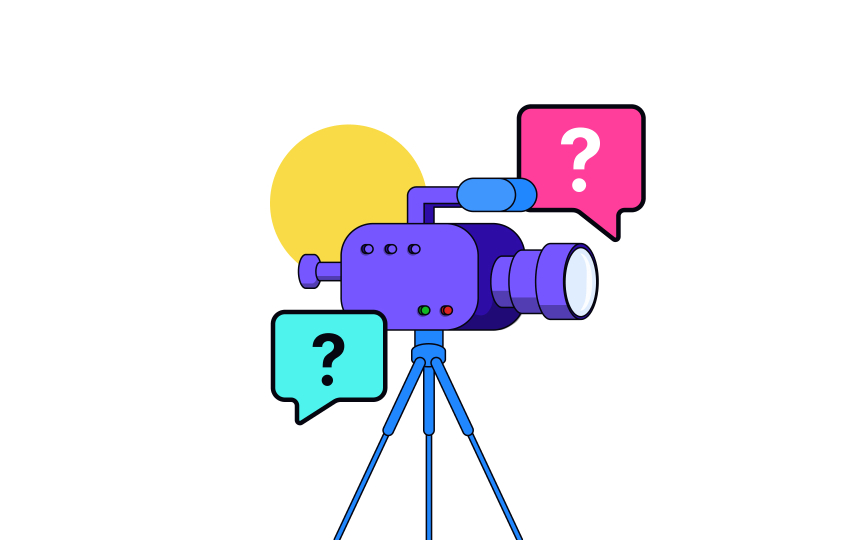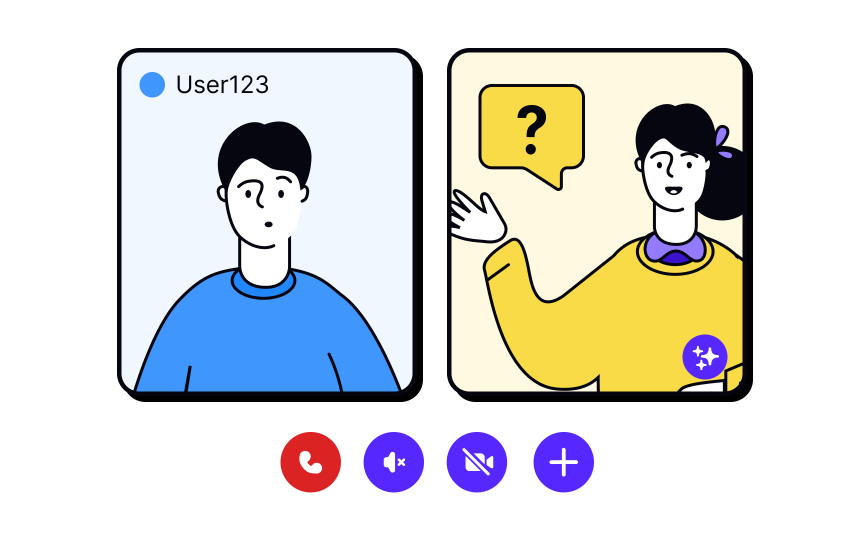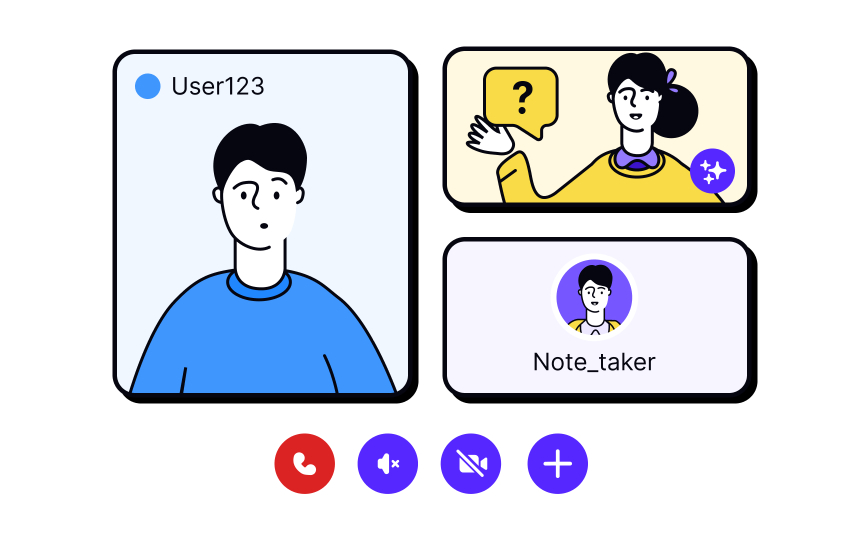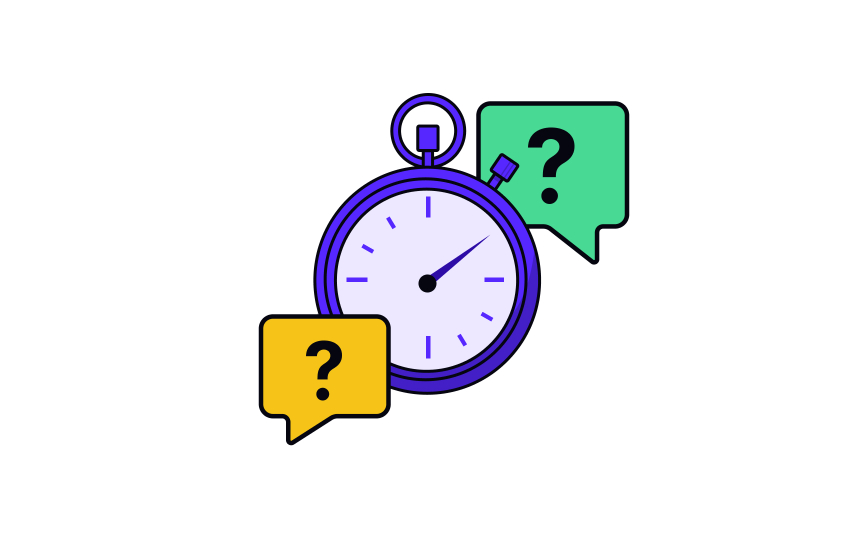Conducting User Interviews for UX Research
Learn the art of conducting impactful user interviews that inform your design decisions effectively
Carefully planning your research and recruiting the right participants can greatly contribute to the success of a user interview. How you conduct the interview and how you conduct yourself during the interview are also integral to the process.
A successful interviewer can engage participants, make them feel comfortable, and elicit information they might not even know they have. You don’t need to possess an innate set of qualities to be a great interviewer. With time and training, anyone can learn the techniques and improve their interviewing skills.
A lot of communication is non-verbal. This means that it's essential to clearly communicate using your body and also be able to read other people's body language.
A truly engaged interviewer is just as important as the questions they ask.
Here's how you can communicate that you're paying attention:
- Ensure your body is on the same level as the person you're
interviewing . For example, don't stand over a sitting person. - Make and keep eye contact, smile and nod to communicate that the participant has your full attention.
- Avoid empathetic phrases like "I understand how you feel" or "something similar happened to me." Your job is to hear and record exactly what the person is telling you, not to insert yourself into the conversation.
You also need to pay attention to the participant's body language. Often, you can read more into an answer by how someone speaks and acts. These non-verbal cues help show you when to follow up, ask for clarification, or shift topics.
Some common non-verbal cues to look out for include:
- Crossed arms
- Fidgeting or twitching
- Not making eye contact
- Rushing through answers[1]
In an
If your participant stops talking, don't feel awkward and try to fill the space. Start counting in your head and give the participant 5-10 seconds to respond. At this precise moment, you're forcing someone to think beyond their gut reaction and dig deeper for something to say.
Pro Tip: If you see a certain path of questioning is giving you shorter and shorter answers, move on to something else and circle back later.
Listening isn't just about hearing sounds. Active or engaged listening involves taking in information in a conversation. Just like any other skill, it can be improved with practice.
To improve your active listening skills:
- Focus your attention: Instead of multitasking, concentrate on what the person is saying.
- Show that you're listening: Make eye contact, nod, smile, and encourage the speaker with small verbal comments like “yes,” and "uh-huh."
- Ask relevant questions: Open and personalized questions are better for building rapport and engaging the other person.
- Clarify: Clarifying ensures you don't misunderstand the participant or miss out on deeper insights. It can be as simple as asking, "Sorry, what do you mean by that?"
- Paraphrase: Repeating what the other party has said in your own words is another way to clarify that you understand correctly. Use assumptive expressions like "Did I get this right?" and allow the other party to correct you when needed.
- Defer judgment: Interrupting frustrates the speaker and limits the full understanding of a message. Allow the speaker to finish each point before asking questions.
- Summarize at the end: Restate why you were talking in the first place and what conclusions were reached.[3]
It's crucial to make users feel comfortable from the beginning of the
- Smile and project a positive attitude: This makes people relax and feel positive.
- Introduce yourself and any people present: Jumping into a video call with strangers can be intimidating, so make sure the participant knows who everyone is.
- Ask permission to record: Even if the participant has already signed the consent form, now’s a good time to confirm their consent.
- State your objectives: Let them know exactly what you're trying to learn and how the interview will progress.
- Tell them how long the interview will last: Set expectations for yourself and your subject.
- Ask personal questions first. Build rapport by asking the subject about themselves and trying to find a connection beyond just being on the same call. Ask them easy questions about their technology habits and why they wanted to try out your tool or prototype. Stick to 3–5 short answers at the beginning of each interview.[4]
We go into an
Instead, use self-restraint to ask just one question at a time. As soon as you hear the metaphorical question mark leave your mouth, close it. Let the participant fully respond before you ask the next question. This will allow you to control the rhythm of the conversation and create a much more fluid back-and-forth.
Pro Tip: Challenge yourself to never speak for more than 10 seconds at a time. The best questions shouldn't take more than 5 seconds to ask.
People don't always give detailed answers to every question, so you might need to help them to provide you with the information you need. Repeating the same question isn't a good strategy. Instead, use follow-up questions to come at it from a different angle.
Here are some best practices for asking follow-up questions:
- Ask your original question in a slightly different way. If you get a vague response, it's worth rephrasing the question for better clarity.
- Connect your interviewee's answers together. This helps clarify the participant's position and shows that you're listening. For example, link their response to a previous one by saying, "Is that what you meant earlier when you said…?"
- Dig deeper by using the 5 whys method. This technique helps you get closer to the root cause. For example, the participant says they think your interface is too messy. Ask them why they think it's messy. If they think it's messy because the navigation bar has too many items, ask them why they don't like having too many items in the navigation bar, and so on.[1]
Avoid asking questions that will lead users to give you the desired answer instead of the real answer.
For example, if you're
Instead, ask a more neutral, open-ended question like "How do you normally listen to music?" This way, you're likely to get more insightful responses.
Pro Tip: Read through your list of prepared questions and topics before the interview to identify leading questions and assumptions.
The value of
Consider transcribing the recording — it will help you scan through important moments in a session without needing to rewatch the whole thing. You can use digital transcription tools or work with a live transcriber. The latter is typically more accurate but also more expensive.
Always ensure the user knows the conversation will be recorded and get their consent.
While taking notes during the
The best option is to bring in a dedicated notetaker who can concentrate solely on capturing and organizing insights. Don't forget to introduce them to participants at the beginning of the interview. If you're meeting remotely, you can mute them right after the introduction.
If you absolutely have to take notes at the same time as your interview, make sure that you are recording the interview. In this case, write down keyword-related insights with timestamps in the video. But generally, try to minimize note-taking during user interviews.
User interviews usually last from 30 mins to an hour. Sometimes, when you need to dive deep into details, it can take up to 1.5 hours — but these cases are rare exceptions. Generally, people lose attention during longer interviews. This means that the quality of information you'll get will decline.
Aim for 30-45 mins per session. This will give you enough time to break the ice at the beginning and wrap up at the end. It's also short enough so that interviews don't feel like an unmanageable time commitment for you or the participant.
Try to wrap up the
References
- The art of active listening | Medium
- The Science is Clear: Why Multitasking Doesn't Work | Cleveland Clinic
Top contributors
Topics
From Course
Share
Similar lessons

Design Processes & Research Methods

Qualitative UX Research Methods


